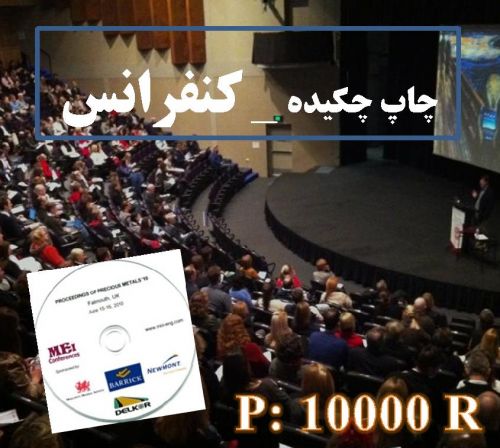Background: Anthroponotic CL (ACL) caused by L. tropica is mainly found in urban areas of large cities and also some rural districts in Iran. In this study, we investigated the population structure and phylogenetic relations among L. tropica isolates from different regions of Iran. Materials and Methods: All valid L. tropica internal transcribed spacer 1 sequences from different regions of Iran including Central, Northeast, East, Southeast, Southwest, West and Northwest areas were retrieved from GenBank. The sequences were aligned by Geneious software and the sequence types from each areas were selected. Neighbor joining tree was inferred by MEGA6 software using sequence types. Results: Based on the tree topology two major and minor clusters were found between Iranian isolates. All Central, East, Southeast and west sequence types were found in the major cluster. Northeast representatives were only distributed in the minor cluster. Southwest sequence types diverged in two subpopulation and were found in both clusters. Some East sequence types were found in a subcluster of major cluster. Isolates of Isfahan, one of focus of ACL in Central Iran and the only sequence types from Northwestern Iran also were grouped as a subcluster. Conclusion: Southeast, East and Central Iranian L. tropica showed similar population. The arid and warm climates along with desert condition may effect on the evolution trend in this area. Northwest and Northeast regions of Iran were covered by mountainous chains and have temperate and cold climate and higher degree of vegetation that may effect on the population structure of Leishmania parasite and its vectors. Western L. tropica may be originated from Central or Southwest Iranian foci or other neighboring countries.
کلید واژگان :Population structure, Leishmania tropica, Iran
ارزش ریالی : 200000 ریال
با پرداخت الکترونیک
جزئیات مقاله
- کد شناسه : 7157606679877567
- سال انتشار : 2017
- نوع مقاله : چکیده مقاله پذیرفته شده در کنفرانس ها(فایل کامل مقاله بارگزاری گردد)
- زبان : انگلیسی
- محل پذیرش : 3rd International & 10th National Congress of Parasitology & Parasitic Diseases of Iran (NICOPA 10)
- برگزار کنندگان : انجمن انگل شناسی ایران/ دانشگاه علوم پزشکی شیراز
- تاریخ ثبت : 1398/09/20 15:49:58
- ثبت کننده : محمد امین قطعی
- تعداد بازدید : 221
- تعداد فروش : 0
